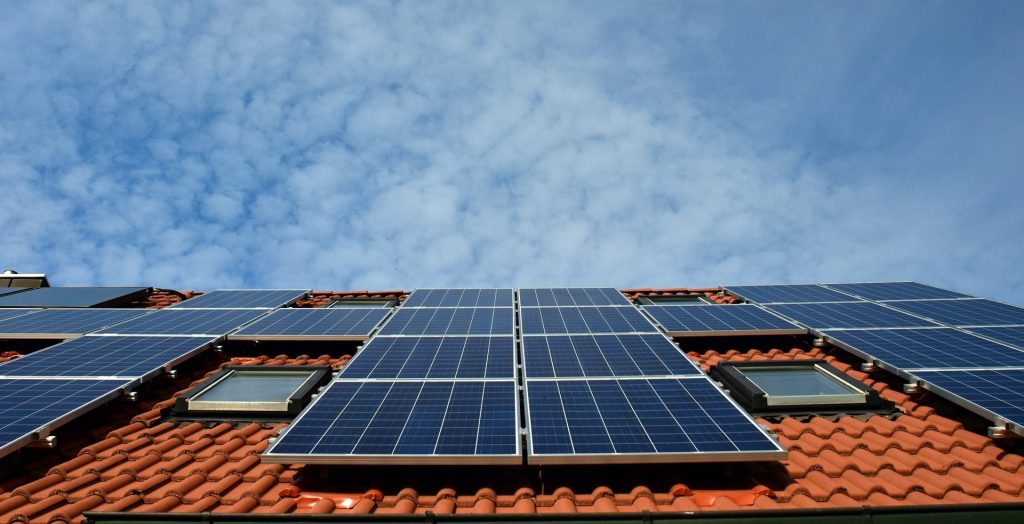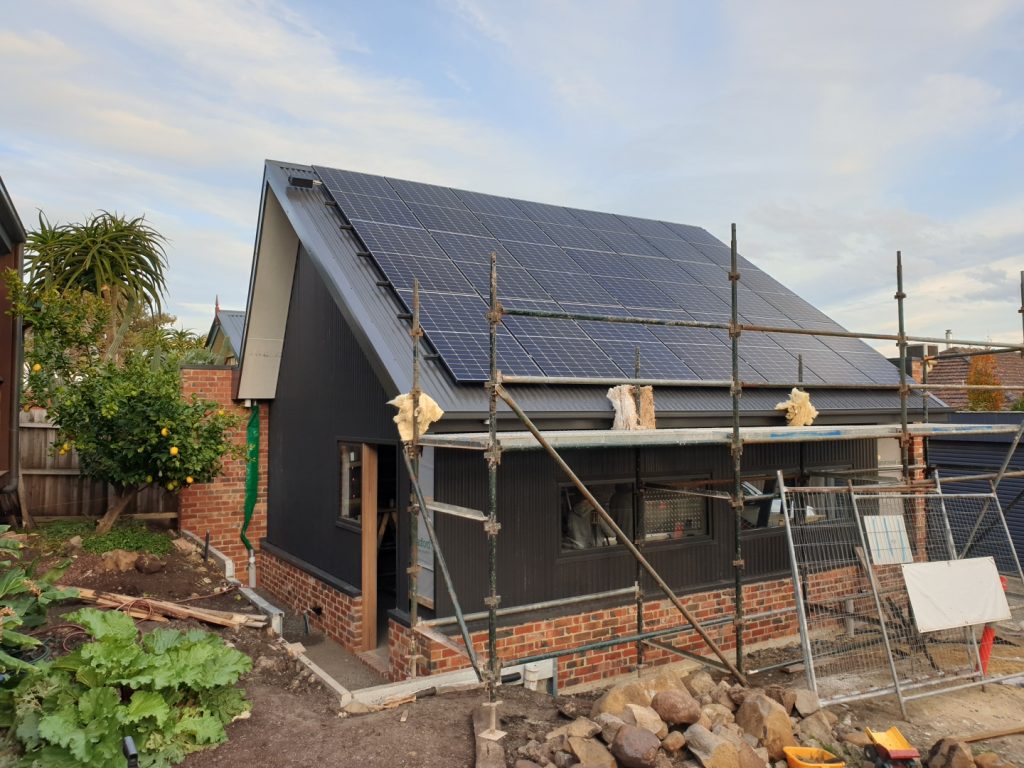
Australia’s potent sunlight makes it one of the most ideal countries for adopting solar energy. According to the Clean Energy Council, over 4 million solar systems are installed, and tens of thousands of Australian homeowners are joining the party each month. One of the most asked questions regarding solar installation is its orientation. Though it’s often thought that a north-facing roof is the ideal, it’s far from the only viable option.
Each direction comes with its own perks; for example, an east-facing panel is less ideal for all-day use compared to the north-facing, but it’s the best for morning usage. So, the answer to your situation depends on your energy habits, location, and goals. Below, we come out with a guide to help you understand the nuances and make informed decisions.
Understanding Solar Panel Orientation in Australia
The solar panel orientation is the direction and angle your solar panel is mounted. In Australia, the sun travels across the northern sky, and your panels’ orientation decides the amount of sunlight exposure and the efficiency of your system. Below, we break down each direction and provide you with its pros and cons.
North-Facing: Best for All-Day Use
In the southern hemisphere, the sun moves through the northern part of the sky, meaning a north-facing roof will receive the highest amount of energy output. During the day, the panels receive a consistent amount of sunlight, and if you have a solar battery or use energy throughout the day, this is the best setup.
North-East or North-West Slightly less than North-Facing
Slightly skewed from the north-facing, both north-east and north-west facing panels produce around 5% less energy than the north-facing. Interestingly, north-east panels are more efficient during the morning, and north-west panels are better at absorbing sunlight in the afternoon. If you cannot mount panels towards the north, use energy heavily in the morning, or in the afternoon, those two orientations could be your best bet.
East-Facing: Best for Morning Usage
If you use most energy during the morning, then east-facing panels could be your best ally. For morning risers who run heaters, coffee machines, or do laundry after waking up, those panels produce the most power during this period. Though they produce 15% less of the overall electricity than the north-facing panels, it’s more efficient if you are out of the house during the afternoon.
West-Facing: Best for Afternoon Usage
Yes, if east is best for morning, then the west is best for afternoon. Similar to homeowners who choose east-facing panels, if you consume most of the energy in the afternoon, then west-facing panels are for you. Typically, those panels are most efficient from 1:30 pm to 5 pm. They are optimal for activities such as cooking, running the AC, or charging devices after school or work.
South-Facing: Our least favorite
If you live in the northern hemisphere, the answer could be completely different. Unfortunately, Australia is located in the south, and the sun moves through the north. The south-facing produce 28% less electricity compared to the north-facing ones. However, comparing Darwin and Melbourne, the northern city is more efficient than the southern city. For Melbourne homeowners, choose a south-panel only when it’s the only option.
Mixed Orientation: Best for All-Day Coverage
Homes with gabled or multi-sectioned roofs may benefit from installing panels in more than one direction. A common setup is the east-west split, offering steady output from morning through evening. Though slightly less efficient than a pure north-facing setup, the benefit lies in a smoother power curve, which can boost self-consumption and lower reliance on the grid.

Other Key Factors That Matter
Roof Pitch: A flat or shallow roof might benefit from tilted racking systems to improve sun exposure. Installers adjust tilt to match your latitude for better efficiency.
Shading: Nearby trees, chimneys, or tall buildings can block sunlight. A good installer will assess this during a site inspection and use optimisers or adjust panel locations accordingly.
System Size: A larger system can make up for reduced efficiency from less-than-ideal orientations. If you’re planning future energy expansion (like adding EV charging), sizing up can provide long-term savings.
Battery Storage: Batteries let you store excess daytime generation for evening use. They’re especially helpful if your panels face east or west and your goal is to minimise grid reliance.
Smart Inverters and Monitoring: Modern systems include tools that help fine-tune performance across different orientations. These technologies ensure your panels deliver optimised output, no matter the direction.
What If You Don’t Have a North-Facing Roof?
It’s a common concern, but it shouldn’t stop you from going solar. Many Australian homes don’t have an ideal north-facing surface. In those cases, installers can:
- Use east or west-facing orientations to match your usage habits.
- Split the system between different sections of the roof.
- Add battery storage to capture energy for later use.
- Optimise pitch and placement with adjustable racking systems.
Solar systems are now designed to work with complex roof layouts. With smart technology and careful design, most homes can enjoy great solar performance without needing a north-facing roof.
Why Orientation Is Less Important Than You Think
Due to the lower feed-in tariffs, self-consumption has become the most significant factor in your solar savings. That is, the smarter approach is to install panels to match when you use energy, instead of trying to export as much as you can to the grid. A well-installed system in a west-facing direction, for instance, could be a better deal than a north-facing one if you use the most power after 3 p.m.
Choose a Solar Installer That Designs for Your Lifestyle
The best results come from working with a company that considers your habits, your roof, and your long-term goals. Solar Flow is a Melbourne based solar installation company that can assist you.
Ready to Make Solar Work for You?
A north-facing roof helps, but it’s not a deal-breaker. With smart panel orientation, modern tech, and a professional install, you can still dramatically cut your bills—even if your roof isn’t textbook perfect.
Talk to Solar Flow today to explore the best solar setup for your home’s orientation, energy needs, and future goals.